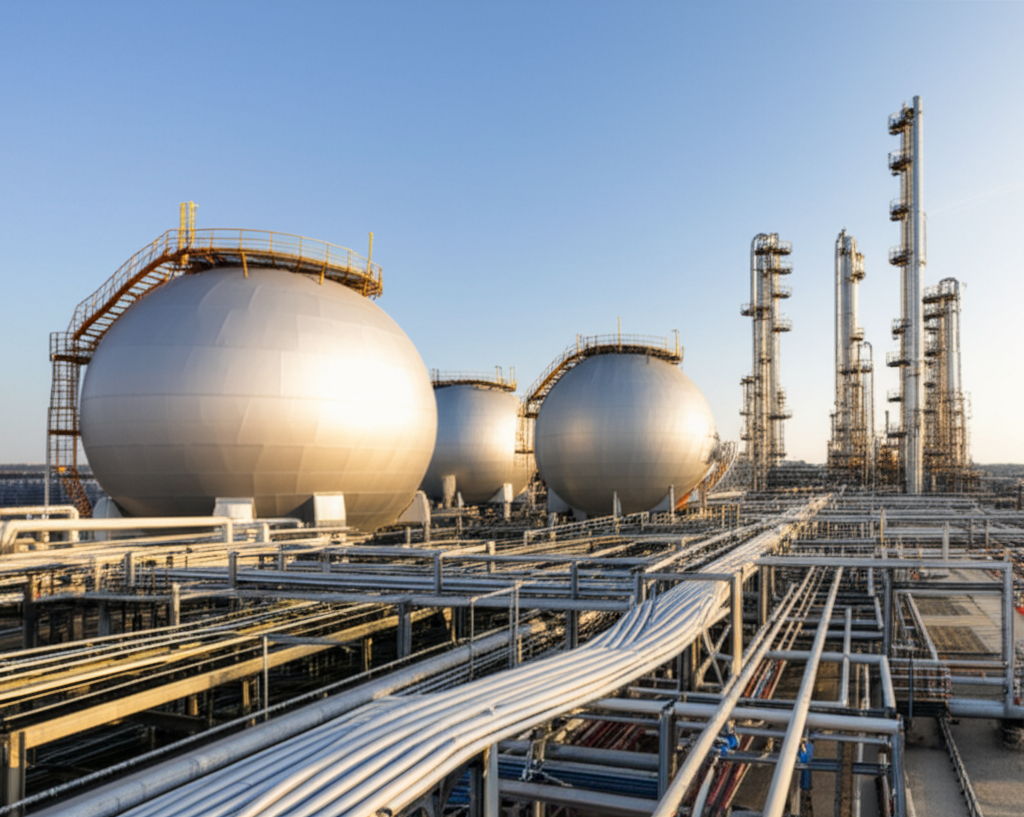Ethyl maltol, prized as a potent flavor enhancer, sweetness booster, and off-taste masking agent, sees extensive application across food, beverages, cosmetics, and pharmaceuticals. Traditional synthesis from α-ethylfuranmethanol via chlorination and hydrolysis steps faces significant hurdles: inefficient gas-liquid reaction in chlorination leading to low intermediate yields (≈60%), and problematic foam-like yellow crystals during hydrolysis hampering separation and final purity. A newly disclosed process dramatically improves efficiency and yield by introducing polypropylene glycol (PEG) surfactant and precise operational controls.
The innovative 3-stage process rigorously optimizes each step. Stage 1 (Chlorination) introduces a crucial modification: PEG surfactant, specifically PEG 200-400, is added (10-30% wt. of α‑ethylfuranmethanol) to the methanol/water solvent mix (methanol:water = 1:0.5-0.8 by weight). This key addition acts as a non-ionic surfactant, reducing surface tension and significantly enhancing the dissolution of chlorine gas into the α‑ethylfuranmethanol solution. Combined with tightly controlled parameters — reactant charging at ≤-25°C, chlorine gas to α-ethylfuranmethanol solution flow ratio (1.8-2.3L:1kg), molar ratio (1:1.5-2.5), and reaction temperature maintained ≤-8°C — it achieves markedly higher hydroxy chloro enol ketone intermediate yields versus conventional slow-drip methods lacking defined controls. Crucially, PEG is inert, easily removed later, and doesn't hinder the reaction.
Stage 2 (Hydrolysis/Rearrangement) implements meticulous control to prevent troublesome foam-like crystals and promote fine yellow crystal formation critical for high yield. This involves heating the chlorination liquor to 25-45°C (10-20 min) to remove Cl₂, HCl, and chloromethane, followed by gradual warming (0.3-0.5°C/min) to 60-78°C to recover methanol. Hydrolysis rearrangement is then conducted under strict conditions: 90-105°C for 3-4.5 hours with total reflux. Post-reaction steps are vital: clearing tar (20-50 min hold), neutralizing the hydrolysate at 70-85°C using 50 wt% NaOH to achieve a narrow pH 2.0-2.6, removing black oily residue, and finally cooling to 0-10°C (0.3-0.5°C/min cooling rate) to crystallize fine yellow ethyl maltol. Application of this precise protocol slashes foam-crystal occurrences (<6 instances vs frequent in prior art) and boosts intermediate crystal yield exceeding 79.4%.

Stage 3 (Sublimation Purification) ensures high purity. The wet crude crystals undergo vacuum sublimation (200-225°C oil jacket heat, -0.080 to -0.090 MPa pressure), with vapor collected in water-chilled receivers. Pooled mother liquors are then chilled to 5-10°C, centrifuged, and vacuum dried, yielding brilliant white ethyl maltol crystals exhibiting >99.8% purity and an overall process yield reaching 68-75.8%. Comparative studies starkly highlight the optimized process impact: PEG omission (Control 1) dropped crystal yield to 65.0%, excess PEG (Control 2, 50% wt.) significantly increased foam-crystals; improper flow ratios caused yield/foam issues (Controls 3 & 4), while excessive sublimation temperature degraded purity (Control 5, 99.0%). This robust, detailed process offers superior yield and purity for industrial ethyl maltol production, overcoming longstanding industry challenges.
Manufacturing Facilities






Professional Export Experience
to Global Customers

1. 20 years of R&D, manufacturing and sales experience, serving customers in 60 countries and regions around the world;
2. Own R&D laboratory, pilot platform and large-scale production workshop, which can meet the audit requirements of global customers;
3. We can satisfy customers' perfect transition from small scale lab requirements (gram level) to commercialization requirements (hundred tons level).
A: We don't have Minimum Order Quantity, exact quantity should be provided before quotation for us to calculate the exact cost.
A: We don't provide free samples due to lots of request and expensive international courier's cost, we can deduct the sample charge after commercial order placed.
A: Our payment terms: Small or sample order: T/T IN ADVANCE. Commercial order: First order should be by T/T IN ADVANCE or L/C at sight, and following orders T/T 30~90days is acceptable subject to approval of credit application.